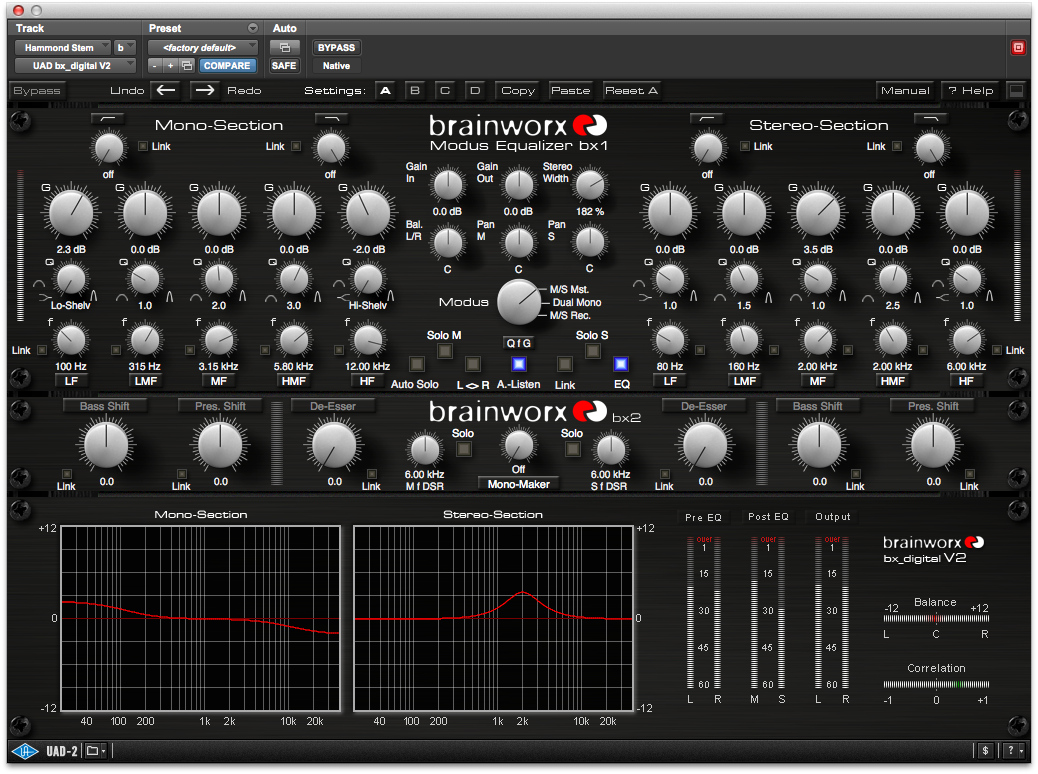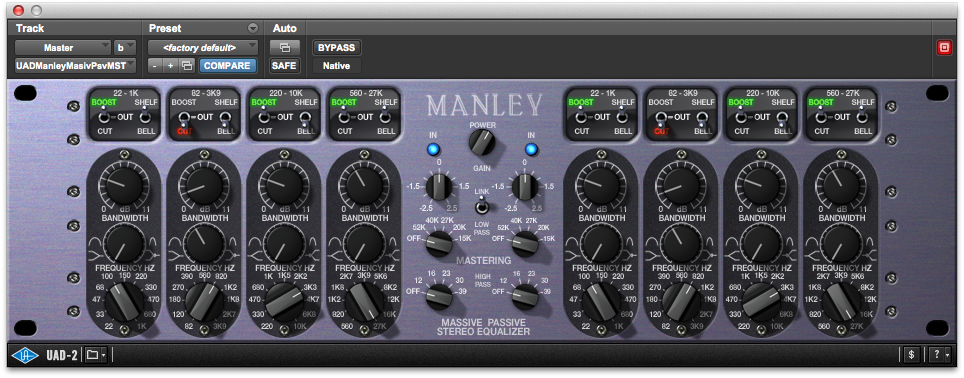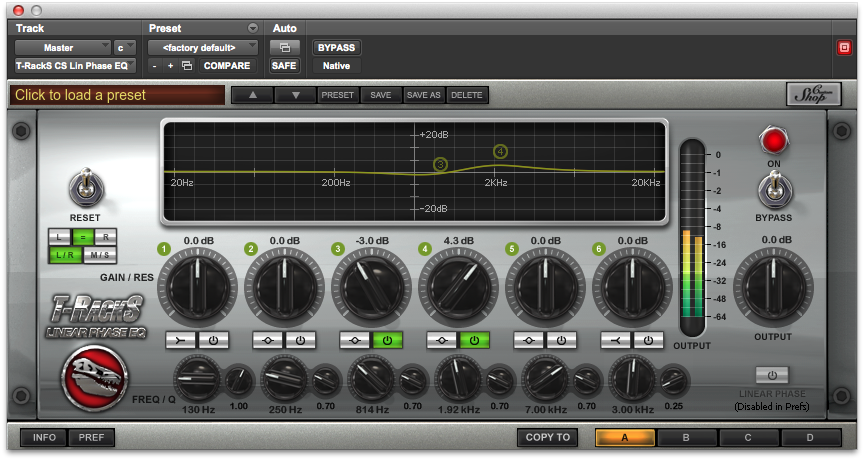Pro Tools Tutorial: Understanding EQ
Knowing what makes your EQs tick will help you get the most from them. Mike Hillier looks under the curve… For this tutorial you will need the project files – download here Last time we looked at the various compressor types, with the hope that a good knowledge of the idiosyncrasies of each type would […]

Knowing what makes your EQs tick will help you get the most from them. Mike Hillier looks under the curve…
For this tutorial you will need the project files – download here

Last time we looked at the various compressor types, with the hope that a good knowledge of the idiosyncrasies of each type would help you to choose the right compressor for each particular job. This month we’re going to take the same step with equalisers.
If you think of an EQ simply, it is just a frequency-dependent gain stage. The biggest difference in sound between two EQs comes from the frequencies it acts upon. A filter, for instance, will sharply attenuate frequencies above (low-pass) or below (high-pass) the cut-off.
But how sharply these frequencies are attenuated will have a huge effect on the sound of the filtering. It is common for filters to have a slight lift before the cut-off frequency, which is known as a resonant peak, and if emphasised, as on some synths, can produce some very wild sounds. But even when subtle, a little boost before the cut-off can have very useful results – we’re fond of using it on bass instruments to get a bass boost, while cleaning up the subs.
A shelving EQ will boost or cut all frequencies above or below the cut-off frequency, but unlike a filter, a shelf is more subtle. Shelving filters are particularly useful at changing the overall tonal balance, shifting the focus from bass to treble, or vice versa.
A parametric EQ is used when you want to boost or cut around one specific frequency, and most parametric EQs will come with some means to vary the Q, or width, of the boost/cut. On some models the Q will change in proportion to the amount of boost/cut applied. These might be wide bells at small gain settings, narrowing as you turn the boost/cut up. Many EQs will include a combination of these different EQ shapes, providing you with a full range of tone shaping options.

Further differentiating EQ models is the technique the EQ uses to boost or cut the signal, and this can have a huge effect on the sonic characteristics of the EQ. Passive EQs, such as the Pultec EQP-1A use passive circuitry to shape the tone. However, this kind of circuitry can only reduce signal level, and to include boosts passive EQs do actually include a gain stage. In the original Pultec this gain stage was valve-based, although many modern imitations use a solid-state gain stage to great effect.
The gain stage is applied equally across all frequencies – so to boost around 500Hz, a passive EQ will actually cut either side of 500Hz and then boost all frequencies.
This will inevitably increase the noise floor, but can have a very smooth and natural sound. Active EQs use gain stages in parallel with the EQ circuitry, and so can boost only the necessary frequencies, which will keep any noise increases within that small range. Most console EQs come into the active EQ category.
When engaging an EQ, knowing how it works is key to getting the most out of it. The sonic difference between two different EQs may be subtle, but knowing when to reach for a Pultec and when to choose a console EQ will help to give your mixes an edge.
Digital EQs, like the simple Avid EQ III, are ideal for clinical removal of problem frequencies, but for broader tonal shaping, an EQ with a little more flavour can help to shape the tone with more natural results. The Maag EQ4 doesn’t have anywhere near the flexibility of Avid EQ III, but we are far more likely to turn to it for tonal shaping, as it seems to work wonders with very slight changes.
The big-bottom Pultec trick is great for adding weight to the bottom end by increasing and decreasing the bottom around the same frequency, but try doing the same with a clean EQ and you’ll get nowhere. The extra noise and colouration of the Pultec is what lends this trick its magic.
Focus On Linear Phase EQs

Linear phase EQs are a great tool for changing the balance of a signal with little to no distortion or colouration. However, be careful of pre-ringing, especially on bass instruments. This can spoil the attack of a kick or bass guitar, and even ruin the feel of a well tracked song.
